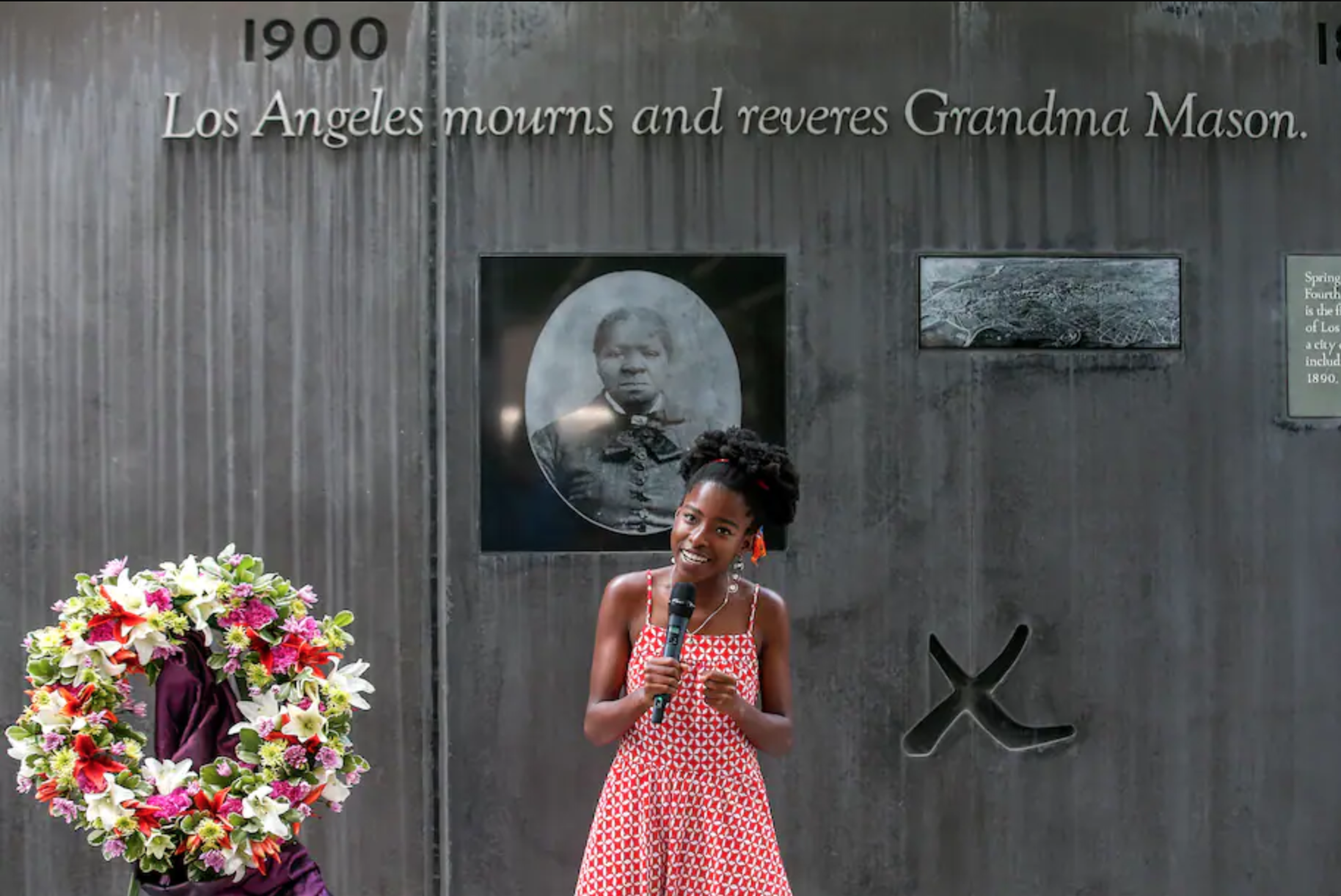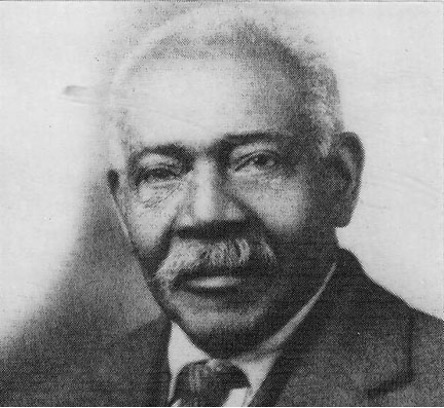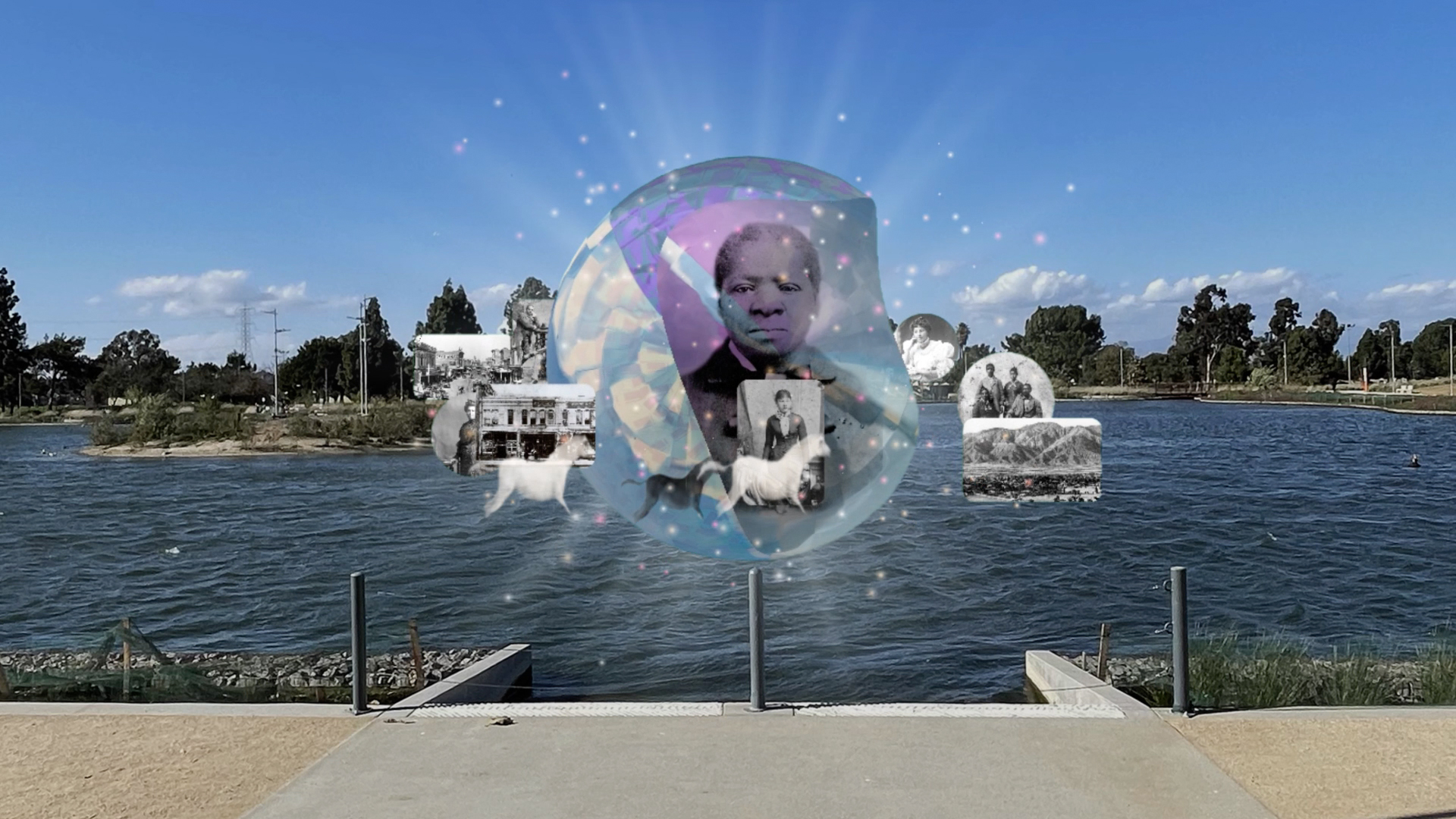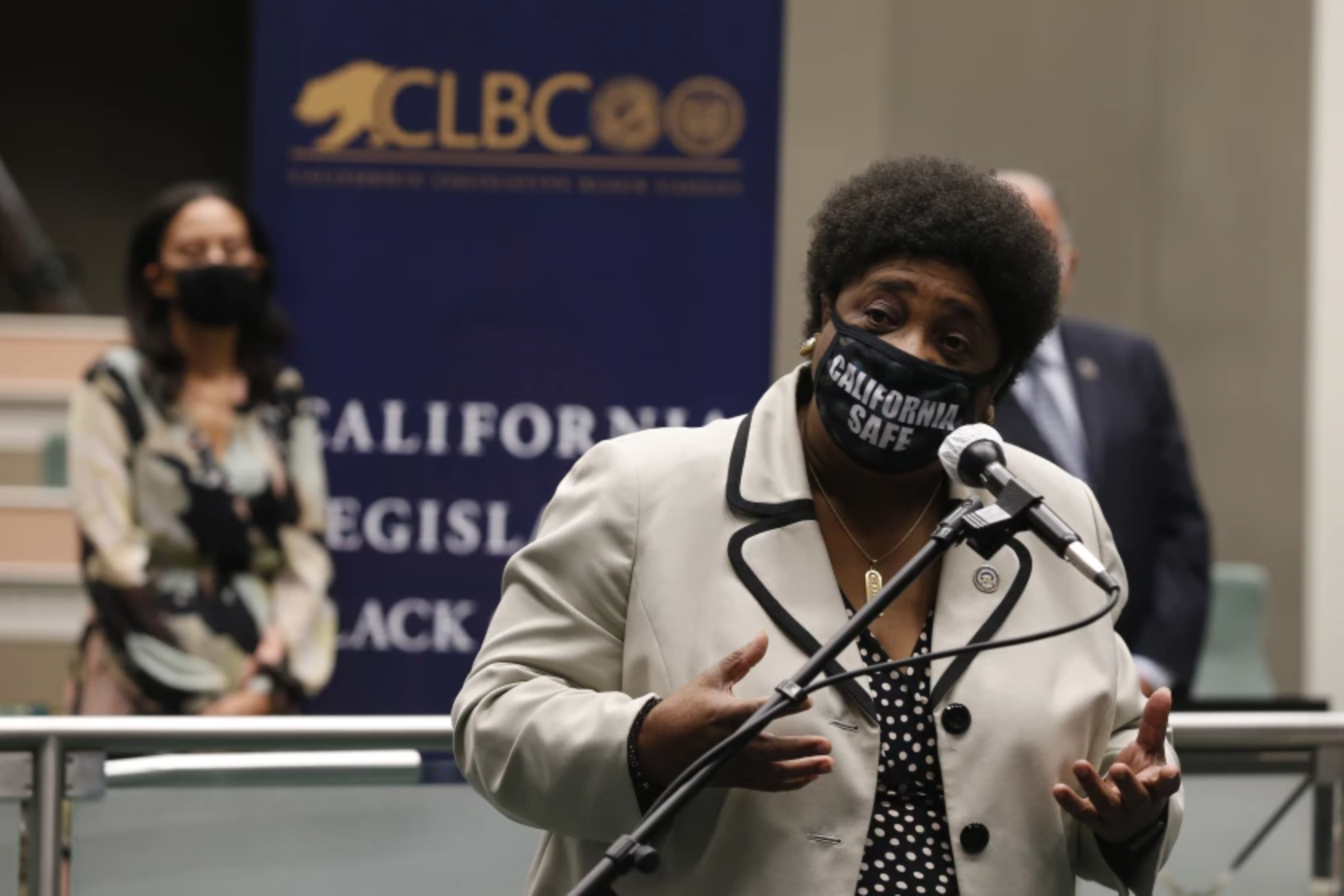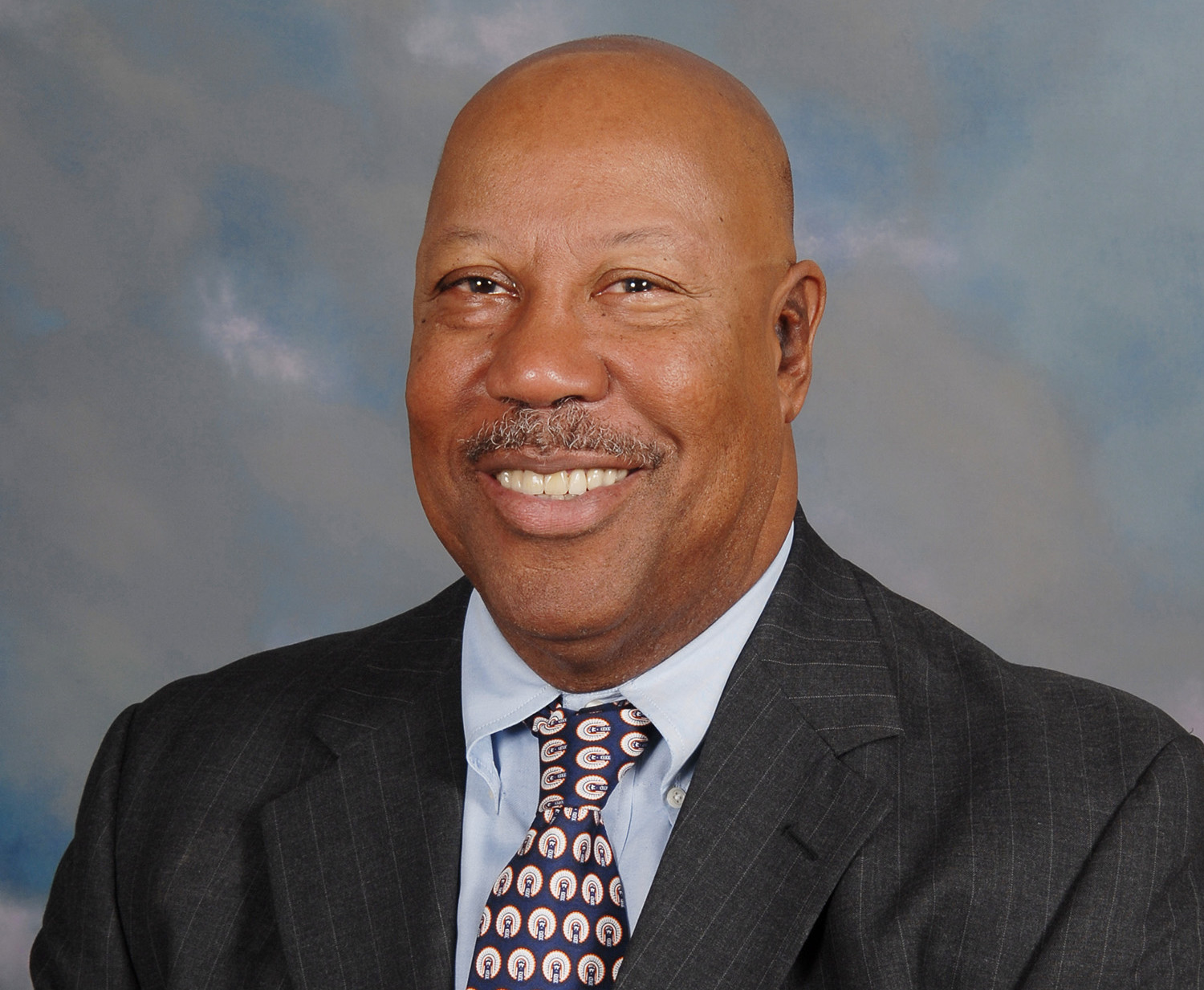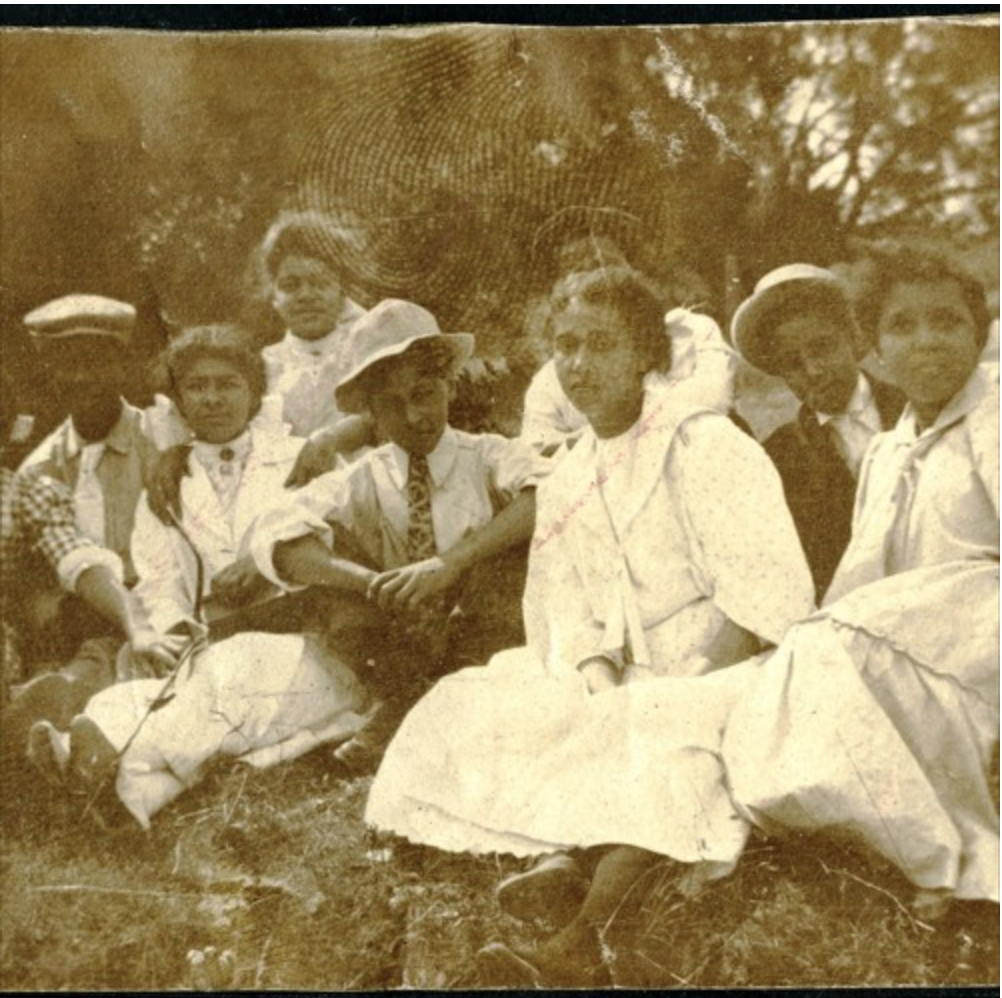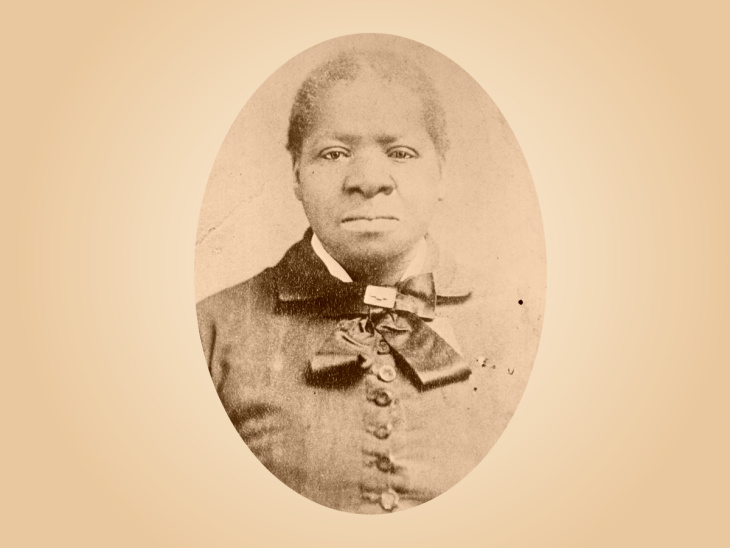California hasn’t been at the center of debates over monuments. Former Confederate states — where statues of rebels and generals dominate the memorial landscape — rightly have been the focus. Yet California’s past also was shaped by slavery. And for nearly a century, its monuments and memorials reflected the Lost Cause ideology associated with the Confederacy.
Beginning with the Gold Rush, hundreds of White Southerners raced westward. Many traveled with enslaved people, who were forced on the journey. Although California outlawed human bondage in 1850, state courts upheld Southerners’ slaveholding. According to historian Stacey Smith, 1,500 African Americans — as well as an untold number of Native Americans — labored in bondage in California before the Civil War.
Los Angeles was a magnet for transplanted Southerners. Until the 1860s, a majority of the town’s Anglo-American residents came from states that enslaved people. It was a population, wrote one resident in 1853, “such as you find on the frontiers of Missouri.” Neighboring San Bernardino, settled by Mormons in the early 1850s, included dozens of enslaved African Americans laboring alongside numerous bound Native American servants.
Although California remained loyal to the Union, secessionist activity roiled the state through the war years. In Los Angeles, local rebels collected arms for the Confederate war effort and bullied U.S. soldiers stationed in the city. Secessionists in L.A. recruited the only rebel militia from a free state, a unit of 80 men commanded by the county’s former undersheriff. Hundreds of others left Southern California to fight for the Confederacy during the war.
After the war, Southern California remained a favored destination for White Southerners, including Confederate veterans. Dozens moved into Dixie Manor, the only Confederate retirement home outside the territories or the states that enslaved people, in the late 1920s.
And so, the Lost Cause came West with these Southern migrants. During the 20th century, California erected more Confederate tributes than any other state outside the South. More than a dozen rebel markers, monuments and place-names lined the Golden State. The first of these was erected in a Hollywood cemetery in 1925. The six-foot granite memorial saluted dozens of Confederate veterans who migrated to Los Angeles and then were buried in Southern California soil. Many of them had passed through Dixie Manor.
Now, however, Californians are attempting to reorient their state’s relationship to this Confederate past — with some remarkable successes. A combination of public pressure, political will, outside funding and technological innovation is making a difference.
This process began in 2016 and accelerated rapidly after the murder of George Floyd in 2020. Confederate Gen. Robert E. Lee’s name was stripped from schools, large plaques to Jefferson Davis were removed from public view and even the Confederate memorial in Hollywood was hauled away from the spot where it stood for nearly a century.
The removal of Confederate tributes is accompanied by new efforts to honor the state’s Black past and celebrate heroes such as Mason.
Born into slavery in Georgia, Mason was forcibly transported across the country in the mid-19th century — first to Mississippi, then to Utah and finally to San Bernardino. She labored there in slavery for five years before finally winning her freedom in 1856.
The entrepreneurial Mason then began a long and storied career in Los Angeles. She tended to the city’s population as a nurse and midwife and invested her earnings in real estate. From her growing fortune, she funded numerous institutions for the poor and vulnerable and co-founded the city’s first Black house of worship, First AME Church. At her death in 1891, Mason was one of the wealthiest Black women in the American West. Her pioneering vision helped give Los Angeles the highest proportion of Black homeowners of any city in the nation by the early 1900s.
Los Angeles has begun to honor Mason and tell her story to the broader public. Pinkston’s digital memorial joins an 80-foot-long concrete wall in Biddy Mason Memorial Park, which celebrates her life and achievements.
Another recently announced project — this one between the Getty Conservation Institute and the city government — plans to address L.A.’s whitewashed past. The African American Historic Places Project is a three-year initiative to identify and preserve landmarks associated with the city’s Black past. Currently only 3 percent of L.A. landmarks are connected to African American heritage. City officials, museum professionals and local historians will now work to change that.
The most expansive effort comes from the Los Angeles mayor’s office. Founded in 2019 and headed by Christopher Hawthorne, the Civic Memory Working Group brings together experts — historians, architects, Indigenous elders, designers, curators, artists and more — to explore the relationship between the city and its history.
Those who have wrestled with government documents will be pleasantly surprised by the group’s recently published report, elegantly written and beautifully illustrated. The document lays out 18 “key recommendations” to commemorate and preserve the city’s diverse history. The report recognizes not just anti-Black violence and policing of the late 20th century, but other forms of racism and even extermination, including Native dispossession and genocide, anti-Mexican “repatriation” campaigns in the Great Depression and the Chinese Massacre of 1871, as well as redlined zoning, environmental racism and more.
Los Angeles has created a blueprint for positive change. A responsive local government, united with expertise and support from multiple community-based activists, has begun to reimagine the memorial landscape. Whereas other efforts have been stymied by heavy-handed policies and legal challenges, the initiatives in Southern California remain locally focused and achievable.
This reckoning with the past is long overdue. Historians are collaborating with groups from outside the ivory tower — in the spaces where research is interpreted and acted on in the present. Getting the history right is among the most urgent moral and political obligations of our day.
Read the original Op-Ed here.

